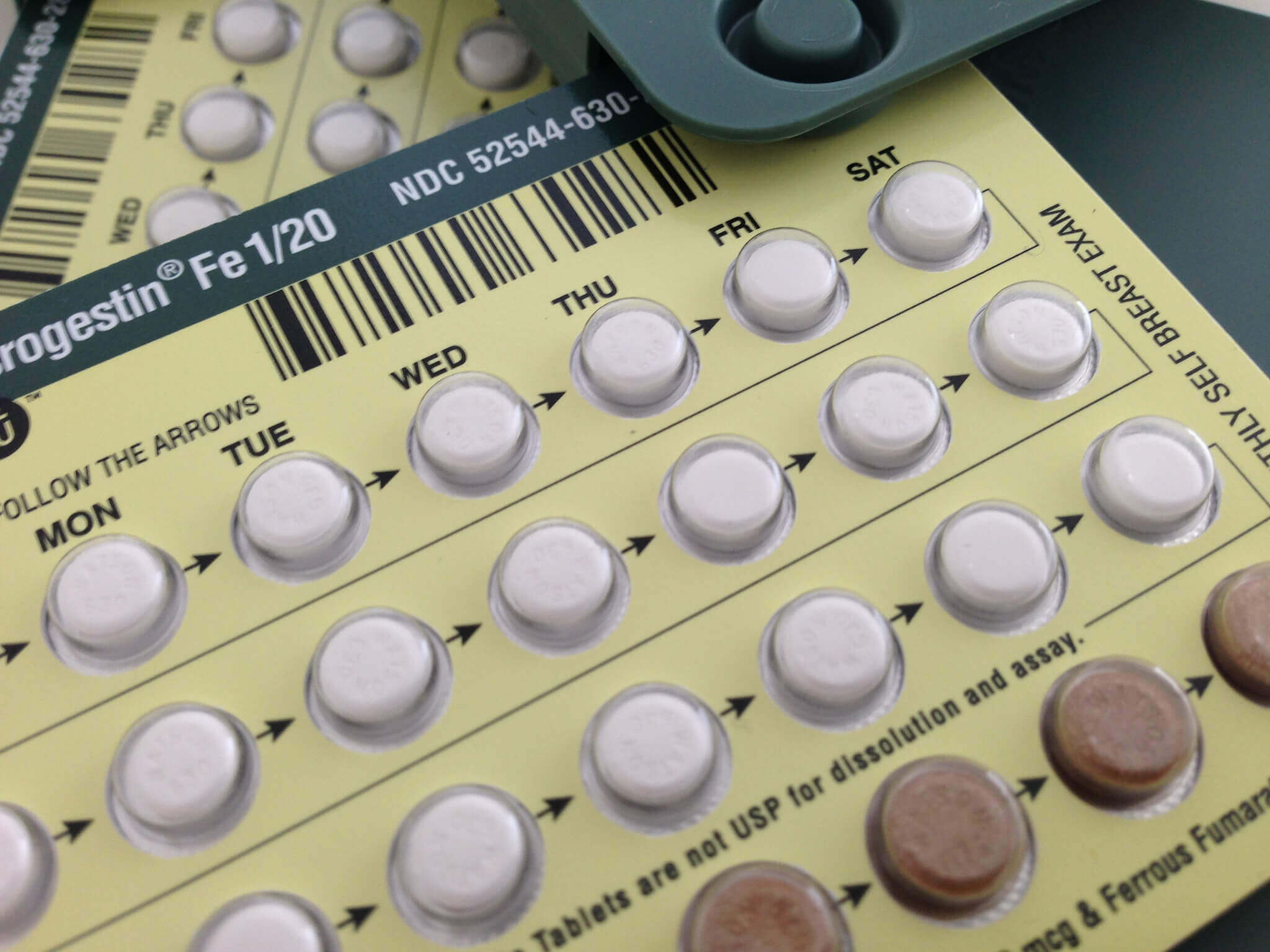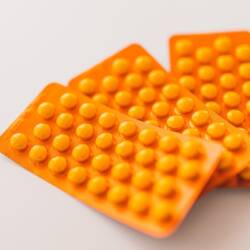6 Male Birth Control Methods in Development
Guys, the time when you’ll have more power over procreation is almost here.

There is is a limited range of choices for male contraceptives, with most methods making women responsible for preventing unwanted pregnancies.
The first is the ubiquitous, if not unpopular a barrier method: in other words, a condom. The second is a vasectomy, a surgical procedure that prevents sperm from entering a man’s urethra and eventually fertilizing the egg.
But researchers are making progress in giving men greater options, many of which have moved from being purely hypothetical to entering the early testing stages.
These are some of the more promising male birth control technologies in development, including updates on their current statuses.
1. Vasalgel

Developed by Revolution Contraceptives, LLC, Vasalgel takes a unique approach to male birth control. In many ways similar to the aforementioned vasectomy, Vasalgel prevents sperm from being released through the urethra. But while a vasectomy cuts the vas deferens, Vasalgel instead uses an injection of a polymer gel to block the release of sperm.
A key benefit to is that, unlike a vasectomy, Vasalgel is designed to be reversible. Another injection flushes out the blockage and thus restores the potential for conception.
Right now Vasalgel is going through animal testing in the US. Meanwhile, a similar system developed by Dr. Sujoy Guha has proceeded to human trials in India.
2. Vibliome Therapeutics’ Non-Hormonal Pil
This oral medication inhibits the homeodomain-interacting protein kinase 4 (HIPK4), which has been proven to be a key component of male fertility.
Vibliome Therapeutics is definitely a company and process to look out for, emphasized by it recently winning a $500,000 research grant from the Male Contraceptive Initiative
Speaking about the grant, Executive Director of the Male Contraception Initiative, Aaron Hamlin, said “Vibliome has a great team and a great concept. Its non-hormonal and focuses on the later stages of sperm maturation. We hope that by supporting their pre-clinical work we can get them closer to Phase I human clinical trials down the road.”
3. Gendarussa
Another oral contraceptive that’s progressing is developed from a plant native to Indonesia. But unlike the approach of Vibliome Therapeutics’, Gendarussa affects the production of sperm in a way that prevents it from being able to penetrate a female egg’s outer shell.
Professor Bamband Prajogo has been studying Gendarussa since 1985 and has also been conducting human trials trails with volunteers to test its effectiveness and duration.
In May 2017, Harsen Laboratories announced plans to release the pill in 1.5 years. “[It] will be marketed to Indonesia and the world. It is the first of its kind, no one has ever developed this before,” said President Director of Harsen Laboratories, Mr. Haryoseno.
4. Anti-Eppin
Another approach is a project to create a compound that binds a special compound to Eppin, the protein found in sperm. The goal is to immobilize sperm and consequently prevent fertilization.
Eppin Pharma Inc. has been leading this pursuit, with preclinical studies through the University of North Carolina’s O’Rand Laboratory, to create this “…effective, short-term, and fully reversible oral contraceptive for use by men.”
The good news is the technique is being tested for possible toxic reactions, and if that hurdle is cleared it will be set to move into Phase 1 trials.
5. Clean Sheets Pill
What is particularly intriguing about this new possible method of male contraception is its ease of use. In fact, the Clean Sheets Pill could be taken a little as two hours before sex and last up to 24 hours.
Developed by two King’s College of London researchers, Dr. Christopher Smith and Dr. Nnaemeka Amobi, the pill works by causing the longitudinal muscles in the male’s vas deferens to relax, thus preventing sperm from being pushed outward.
Additionally, it causes the accessory glands to hold off on producing fluid. Thus it’s Clean Sheets Pill moniker.
Additional research is still needed, as well as further development to make sure it works to completely prevent undesired fertilization. However, if successful this method could also seriously reduce the spread of seminal fluid that carries Sexually Transmitted Infections (STIs).
6. NIH’s topical gel
Finally, there is news that a new method of male contraception using a topically applied gel is entering a four-year human trial. The gel, which is made of two synthetic hormones, progestin, and testosterone, reduces the number of sperm a man produces. The progestin does the actual suppression while the testosterone counterbalances the effects of the progestin.
Developed by the National Institutes of Health (NIH), the gel would need to be applied daily to the shoulders and upper arms to be effective. Even if a dose is forgotten, gel developer Diana Blithe of the NIH’s child health and human development program says there would still be a 72-hour window of effectiveness.
A male pill that could change the world
The development of any of these new male contraception technologies—plus dozens more that are being researched—could very well mean a profound shift in sexual dynamics between men and women.
Perhaps we’ll see a rise in casual, non-reproductive sex? Though there’s also the risk that we will see the spread of STIs, as condoms are recklessly dismissed in favor of only popping a male pill.
But the biggest change may be that women would be freed from being solely responsible for birth control.
Men, meanwhile, could very well undergo a new level of enlightenment: a total change in how they view and act on birth control
As, for the first time, it will be their turn to remember to take their pill.
Image sources: Quote Catalog
Leave a reply
You must be logged in to post a comment.
















